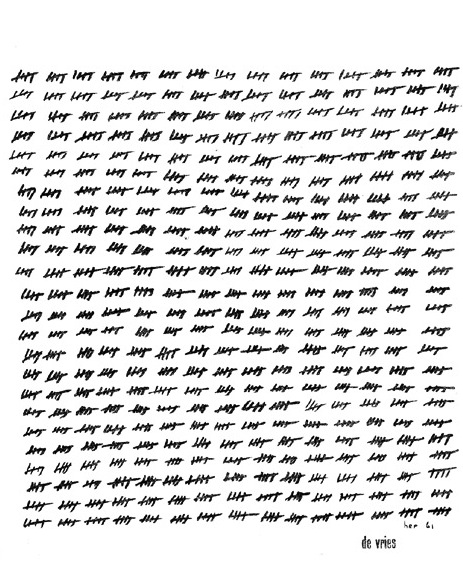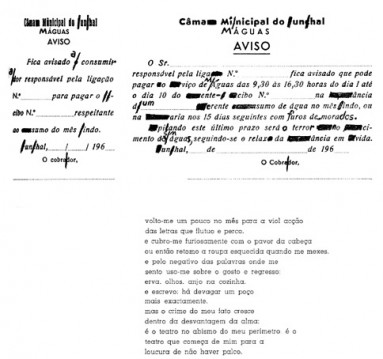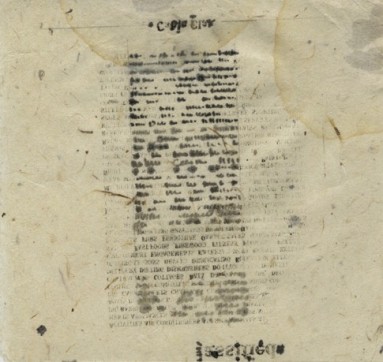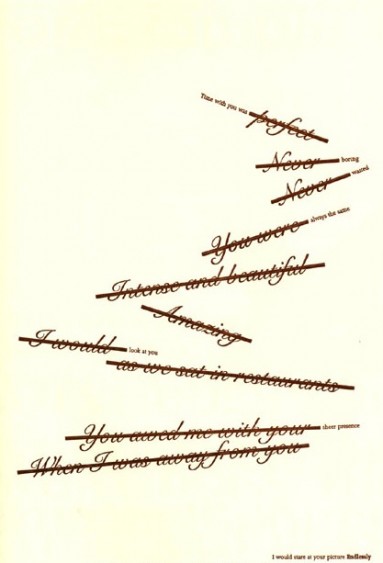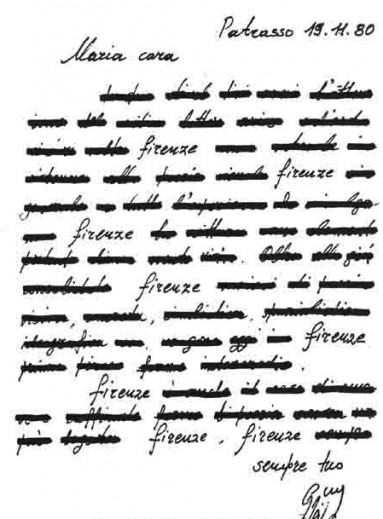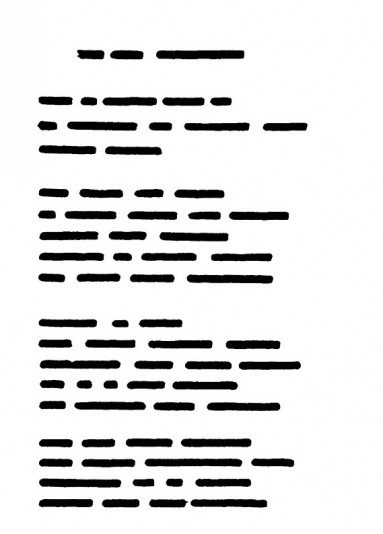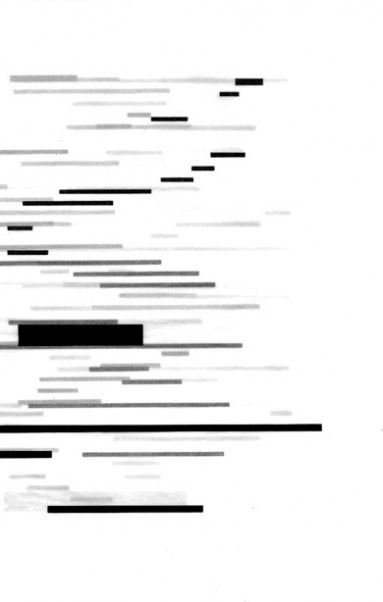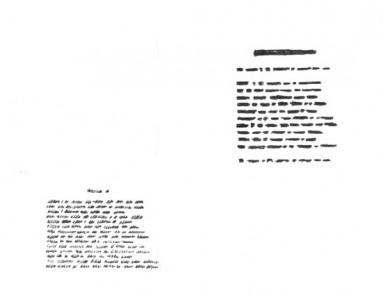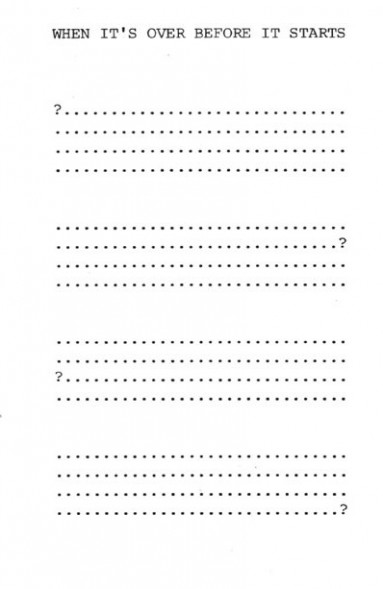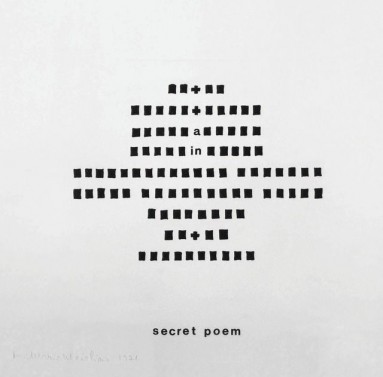Self-erasure, deletion, and effacement. The least addressed ways of being on the internet are the subjects of my obsession. Not total withdrawal but a hiddenness in plain sight.
It is not merely that such attributes are the opposites of self-promotion, aggrandizement, and re-insertion in the macro and micro economy of attention, but that they run antithetical to the active material of the internet itself—appearance and surfacing.
And I admonish myself from reducing "the internet" to social media, but if I do it's owed to social media's interactive premise, not merely its assumed dominance or prevalence. "Sender" and "receiver"—again, dubious if such constraints can still be deployed in the age of the scroll—are assumed to be connected, even if asynchronously, but their connection is inadequately explained in terms of relations to text, image, temporality, and other intelligible classifications of meaning.
Beginning with Man Ray's "Untitled Poem" I have slowly amassed a collection of artists' cancelled texts.
I believe there is something radical in the simultaneous demonstration of process and the undoing of process. Procedure revealed as a concealment. Meaning hidden in plain sight.
Here's what else they prompt:
suspicion of knowability;
illegibility of text as legibility of visual form;
an active space for silence (often, and tragically, confused with passivity in Anglo-European cultures);
the question of whether striking out is emptying (it is not, but neither is it exactly adding).
In collecting these works I grew encouraged that they represented not a genre—in fact they span Symbolism, Constructivism, Concretism/Neo-Concretism, and other forms—but a mode. Cancelled creation not as a classification but a method.
Some cancelled texts, like Broodthaers' "Un Coup de Des Jamais N'Abolira Le Hasard" ("A Throw of the Dice Will Never Abolish Chance," an artist's book created in November 1969) incorporates the black typographical rectangles of government censored documents. Magritte gave Broodthaers a copy of a Mallarmé poem of the same name. In Broodthaers' cancelled text the words are replaced by black lede. (Here's a translation by Basil Cleveland.)
Other cancelled texts, like Rosaire Appel's work, show poems that have been individually canceled by hand. Appel's recent work concerns architecture—a "transitional stage—temporary and uninhabitable—of buildings being built and a (foreign) language being learned." Lines, like language and building material, layer over each other in scaffolds.
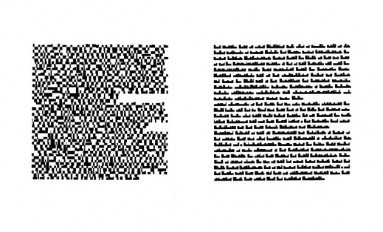 Sandra Hoffman's text (from a book co-produced with Christoph Stähli) replaces existing text with new forms, using "letters, words, sentences, and black-and-white elements [as] building blocks of new parks and red-light districts, apartment and office buildings, stores and industrial centres, new city fringes and suburbs."
Sandra Hoffman's text (from a book co-produced with Christoph Stähli) replaces existing text with new forms, using "letters, words, sentences, and black-and-white elements [as] building blocks of new parks and red-light districts, apartment and office buildings, stores and industrial centres, new city fringes and suburbs."
Anna Maria Maiolino's "Secret Poem" is as sophisticated as it is youthful, like a message of mutual affection passed between teenage girls.
Cancelled texts have everything to do with the internet ontologies I have been obsessing over, as Part Two will discuss.
